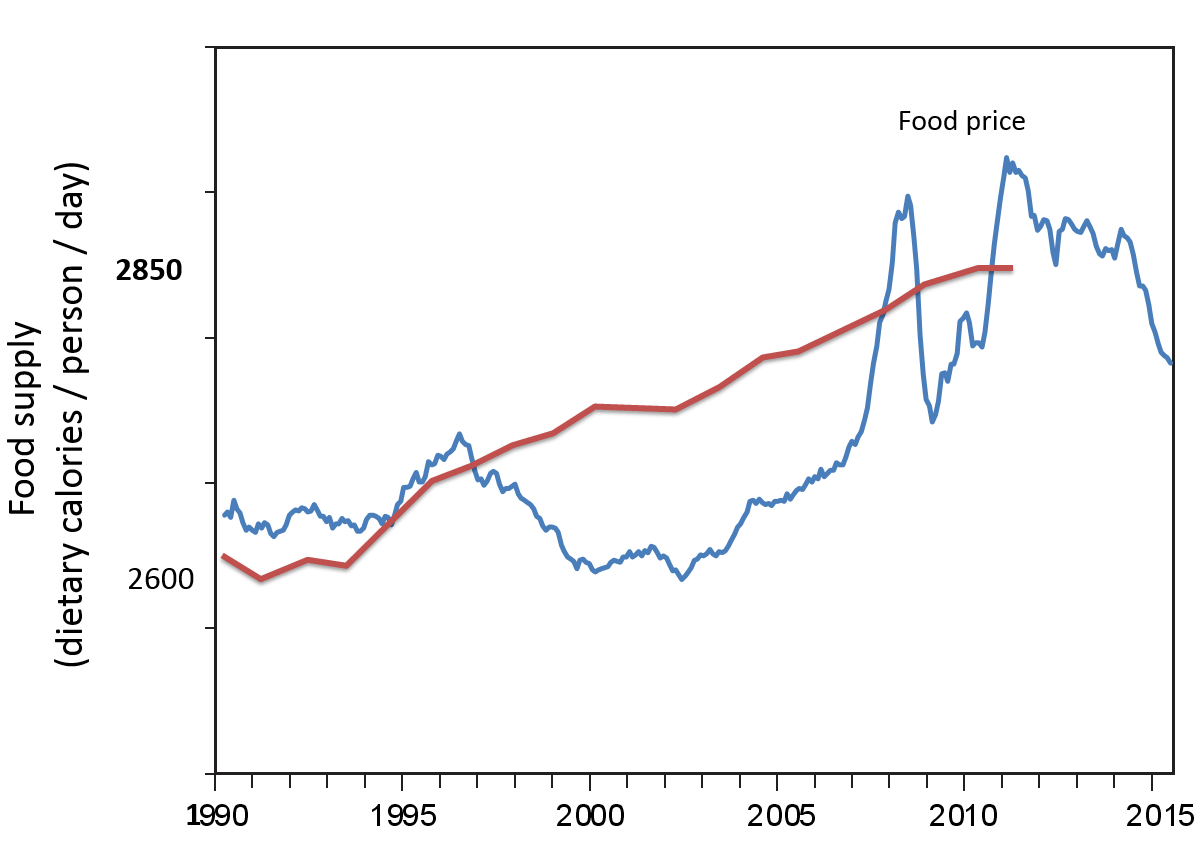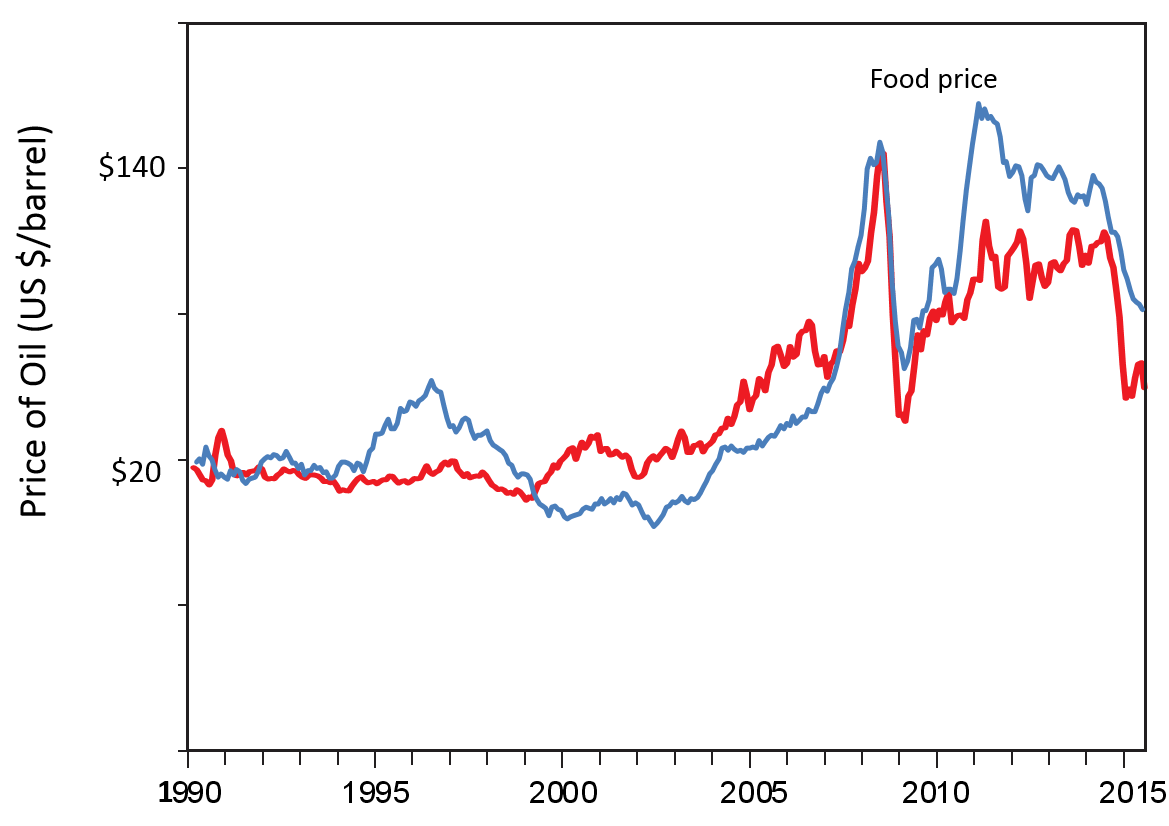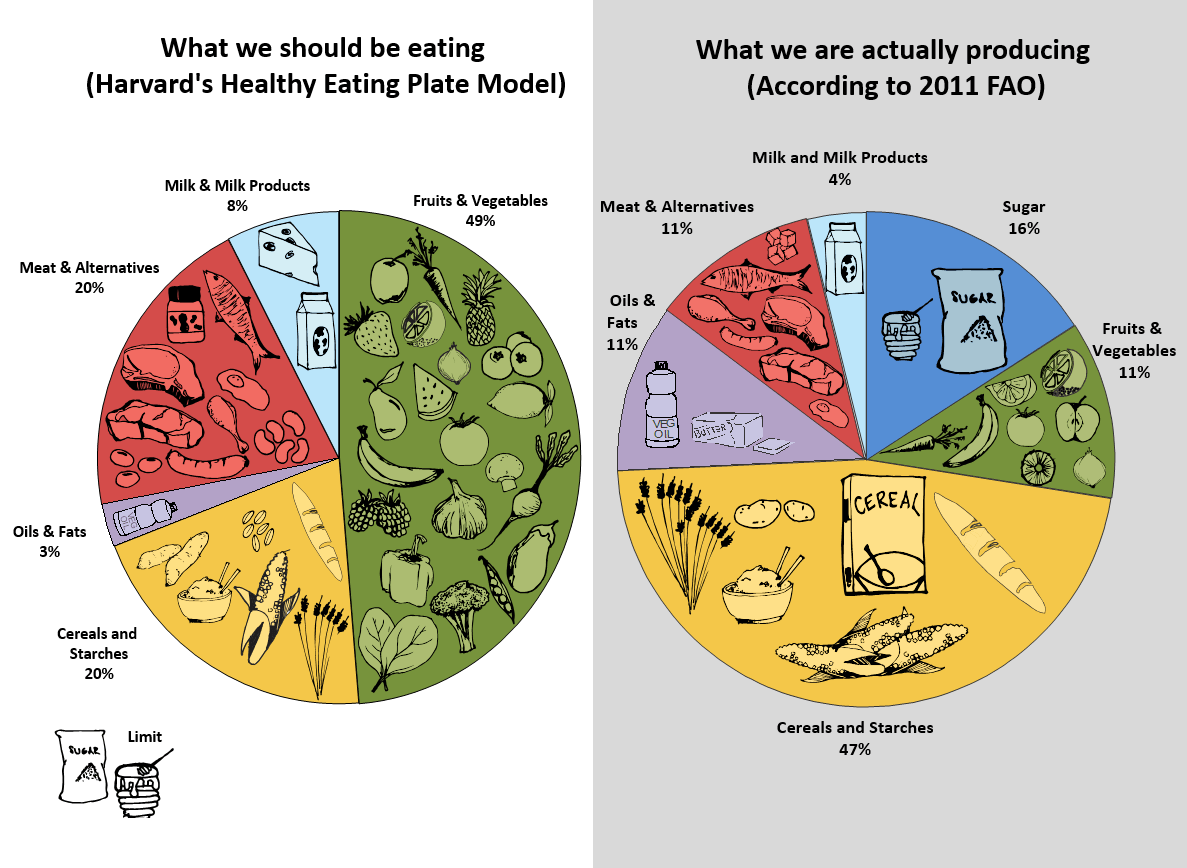Bugs such as crickets seen as important food protein source in the years to come
By Denise Faguy, Farms.com
Dr. Evan Fraser began his presentation by seriously challenging a concept that many people in the audience likely believed. This occurred at the thought-provoking Future of Food & Farming Forum at Country Heritage Park on October 6.
A few years ago, a famous food scientist suggested that by 2030 the world would face a “perfect storm”. The argument was that as a result of climate change and a growing world population the world would face food and water shortages to feed its nearly 9 billion inhabitants. The suggestion was that more food would need to be produced to feed everyone and bring down food prices. But Dr. Evan Fraser, said the prediction was not based on some key indicators. Dr Evans shared two key charts with the audience.

The first chart shows that there is little, if any, correlation between Food Supply (dietary calories/person/day) and the price of food.

The second chart shows the correlation between the price of oil and the price of food. What this means is that production of food may not be the problem.
To support this perspective, Dr. Evan showed the percentages of what we should be eating, according to Harvard’s Healthy Eating Plate Module, and what the world is actually producing according to the Food & Agriculture Organization (FAO).

He suggests that more focus should be given to the important drivers of this complex issue, such as the price of energy, which has an impact on the price of inputs for farmers; water – depletion of the water table is a serious concern in many places, including North America; human health and environmental health; and nutrition.
With more of the world’s population is joining the middle class, the demand for proteins continues to rise. While North Americans may not be willing to switch protein sources, Dr. Evans gave examples of several alternative protein sources which could be utilized in the future:
- - Bugs, such as crickets (ground into flour)
- - Vegetable based products
- - Fungus
- - Algea (in powder form)
Evans suggested that several precision agriculture and the growth of artisanal farming will likely both be on the rise in the coming years to meet consumer demand.
Dr. Evans challenged those in the room to recognize that in the next few years, it would no longer be business as usual in the agri-food sector. He said that serious drivers are currently shaping agriculture, some sectors will change dramatically, and some will decline significantly.